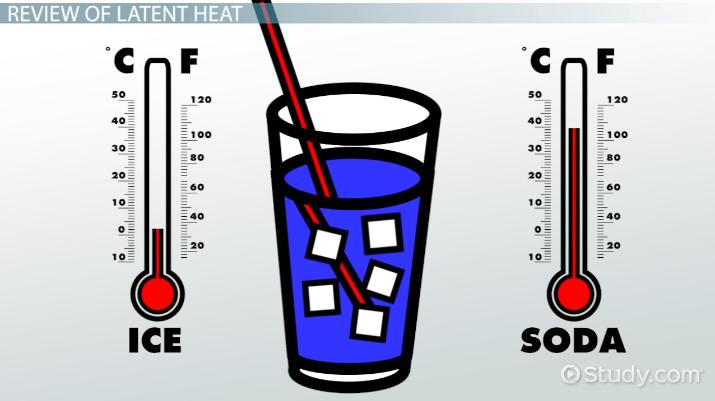MEASUREMENTS OF HEAT

About Course
At the end of this chapter, you should be able to:
- Demonstrate the difference between temperature and heat energy.
- Describe the terms of heat capacity and specific heat capacity.
- Identify the SI units of specific heat capacity.
- Demonstrate how to measure specific heat capacity of solids and liquids.
- Describe the terms latent heat, specific latent heat of fusion and of vaporization.
Demonstrate the solving of numerical problems on heat measurements
- 1.1. HEAT AND TEMPERATURE
When you hold a small block of ice in your hand it feels cold because the heat from your palm is drawn into the block of ice. The block of ice is at a lower temperature than your hand. Similarly, when you touch a warm piece of metal; it fells warm because heat travels from the metal to your hand the metal is at higher temperature than your hand.
- Heat
Heat energy is referred to as ‘thermal energy’ and it is defined as the energy which flows from a body at higher temperature to one which is at lower temperature. When there is a flow of heat from one body to another the internal (molecular) energy of the body receiving the heat is increased, thereby increasing the kinetic energy of the molecules.
When two objects at the same temperature come into contact with each other there is no flow of heat energy. This implies that two objects are in ‘thermal equilibrium (i.e.: they are at the same temperature). If two objects at different temperature come into contact, heat energy flows until they reach a state of thermal equilibrium.
Like other forms of energy, heat is measured in ‘Joule (J)’. When discussing nutrition, the energy value of different foods is measured in ‘Calories’ (cal)
- Temperature
Temperature is the measure of how hot or cold an object is, expressed against a chosen scale. Temperature is thus the property of an object which determines the direction in which heat will flow when the object is placed in contact with another object. The instrument used to measure temperature is called ‘a thermometer’ and the scale used is either Kelvin scale (K) or commonly, the Celsius scale (˚C).
Course Content
HEAT CAPACITY
-
00:00
LATENT HEAT
Student Ratings & Reviews
